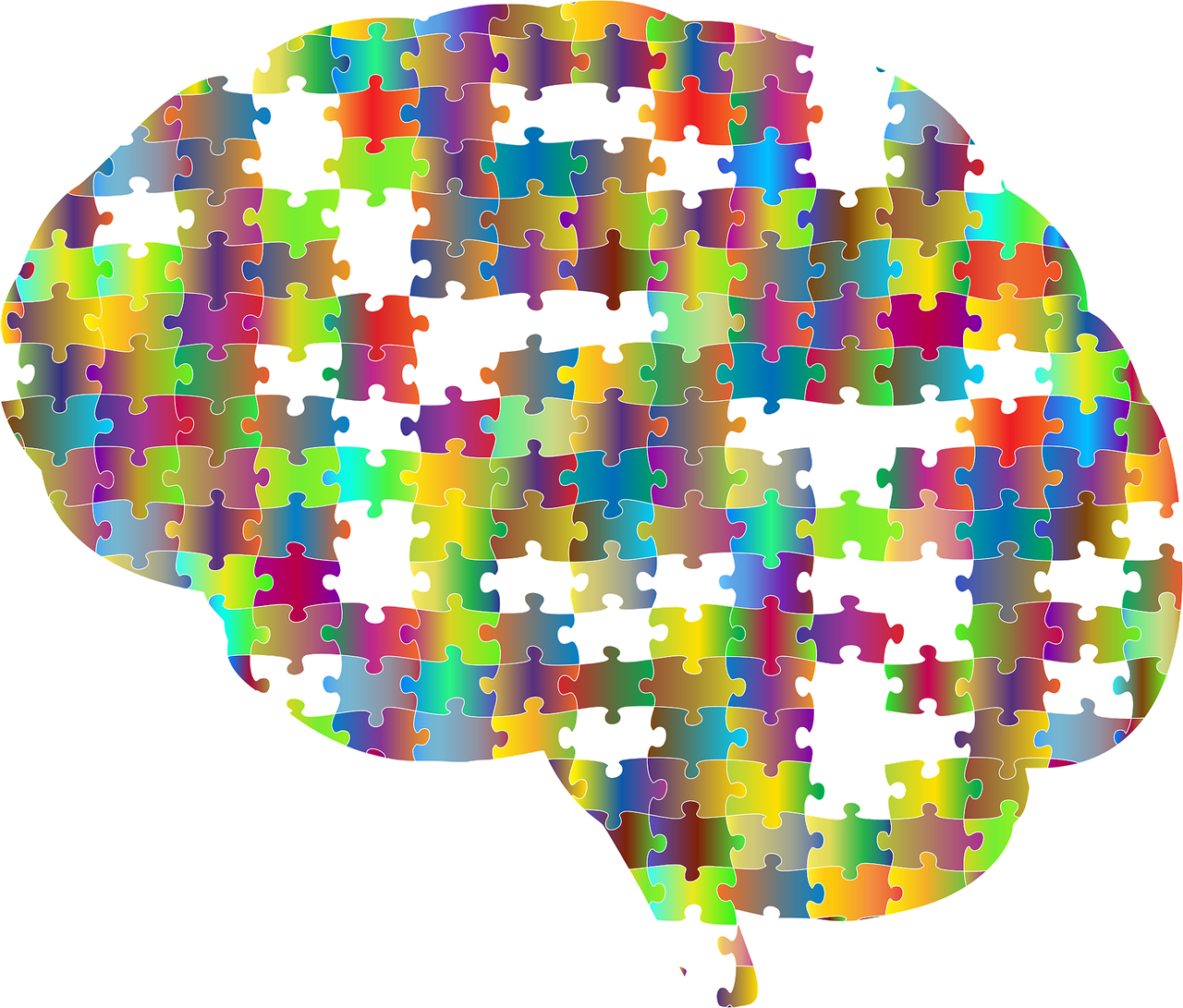3 ways to improve children’s memory from home

Improving your children’s memory from home can be simple and fun. There are many games and tricks to try out, like StudyBox’s 3 ways to improve children’s memory from home.
There are many games and activities to improve muscle memory, association and visualisation.
These will help children to actively engage whilst improving their memory.
Try these 3 ways to improve children’s memory from home:
Active reading
- Active reading is when children are involved with reading the text. This heightens the learning process whilst reading.
- There are many different strategies to try:
- Writing down new words or highlighting them.
- Reading aloud, to improve pronunciation.
- Critical thinking and questioning the narrative.
- Identifying literary devices, for example: alliteration, personification, hyperbole…
- Engaging with the text improves memory through active reading.
Word games
- Playing word games with children is free and easy.
- There are many word games for improving memory.
- The game ‘I went shopping and I bought…’ involves saying an item which can be found in the supermarket. Then the next player repeats the sentence and adds an item. As the game goes on, the players have to remember a long list of items, and repeat them, whilst adding on a new item each turn.
- This encourages all players to concentrate, as well as remember the long list of items.
Card games
- Playing card games, like ‘Memory’ can help to improve muscle memory.
- It involves turning placing the deck of cards spread out on a surface face down. Then take it in turns to turn over two cards at once. The participants must remember which cards have been turned over. Once two pairs of the same numbered care are turned over, the player can take the pair.
- This game improves concentration and focus. The players must memorise as many cards as possible in order to turn over pairs and complete the game.
Visualisation
- Visualising what is being taught can help children to remember more effectively.
- It allows what is being learnt to be associated with an image, which can be easily remembered.
- Children can associate images with what is being memorised.
- For example, children can create a mind map, which can be colour coded, or images can be drawn relating to the subject being memorised.
